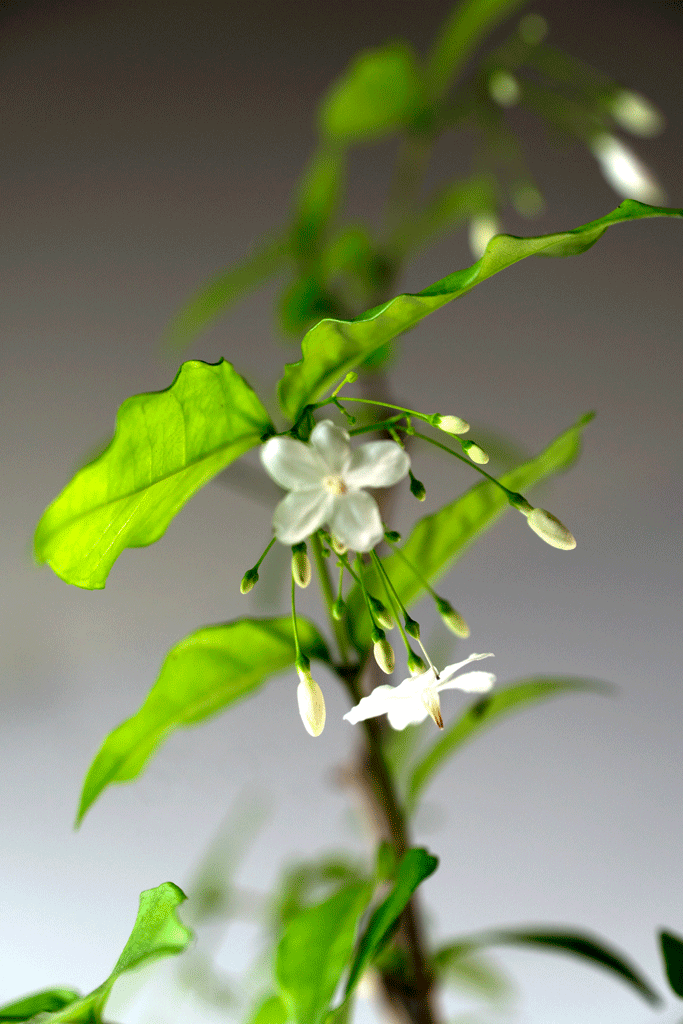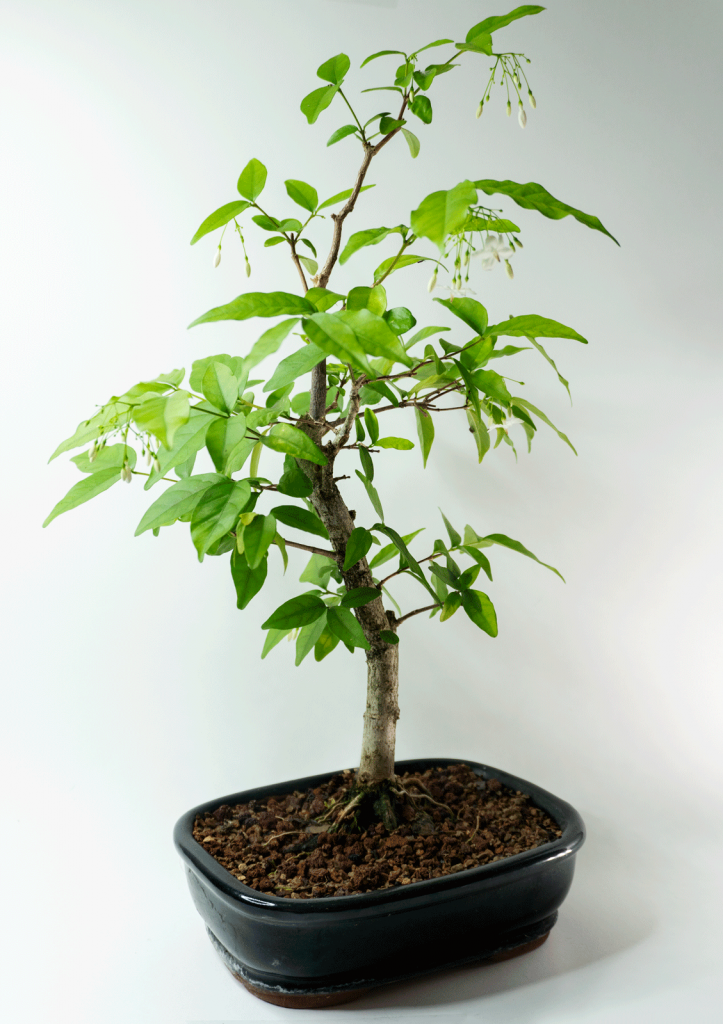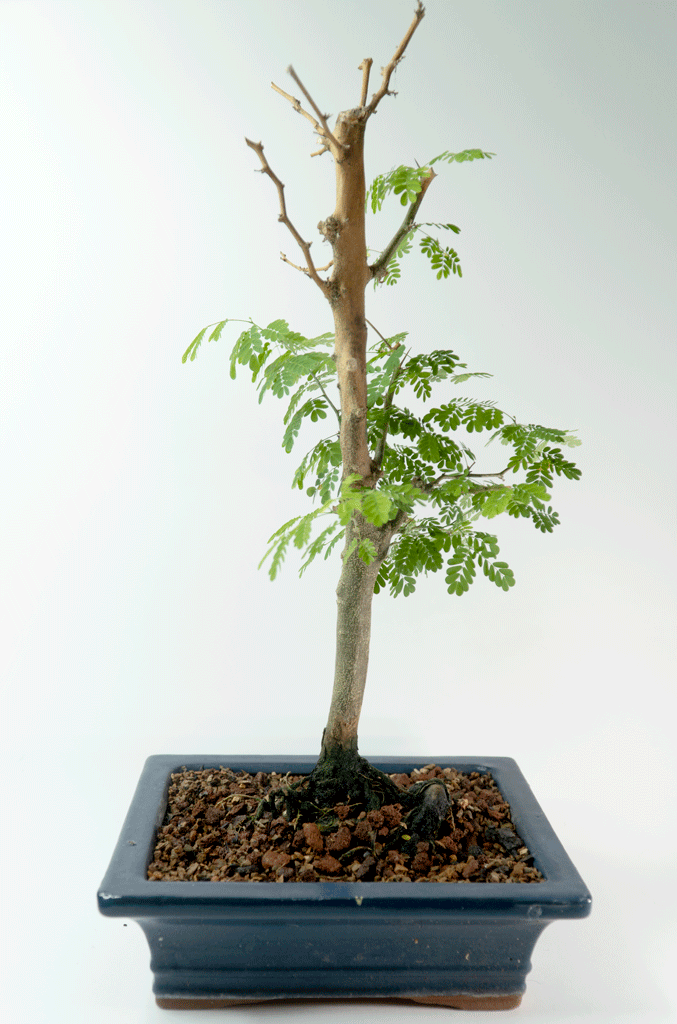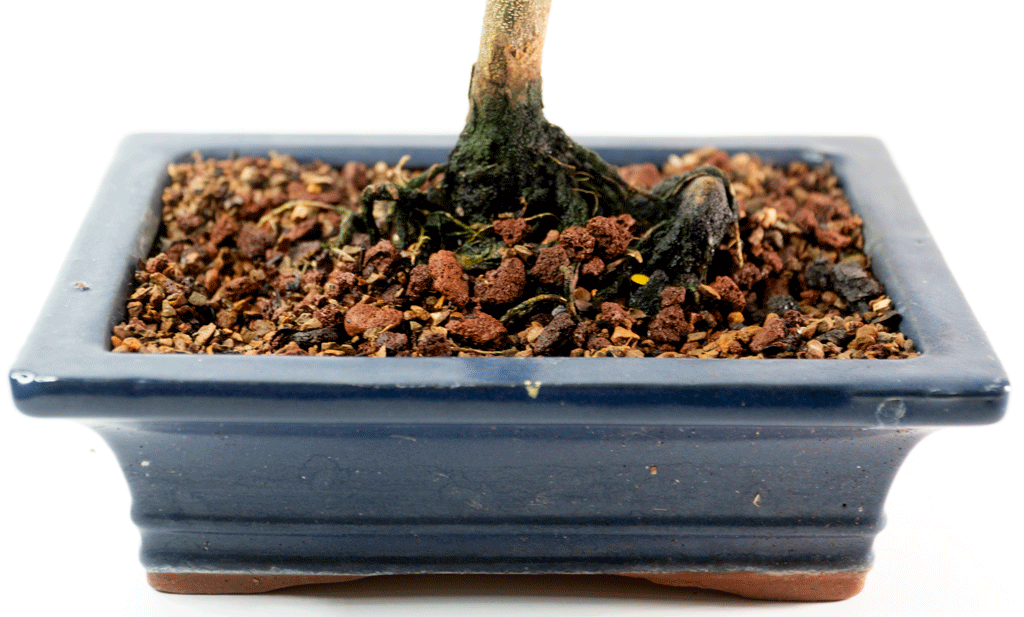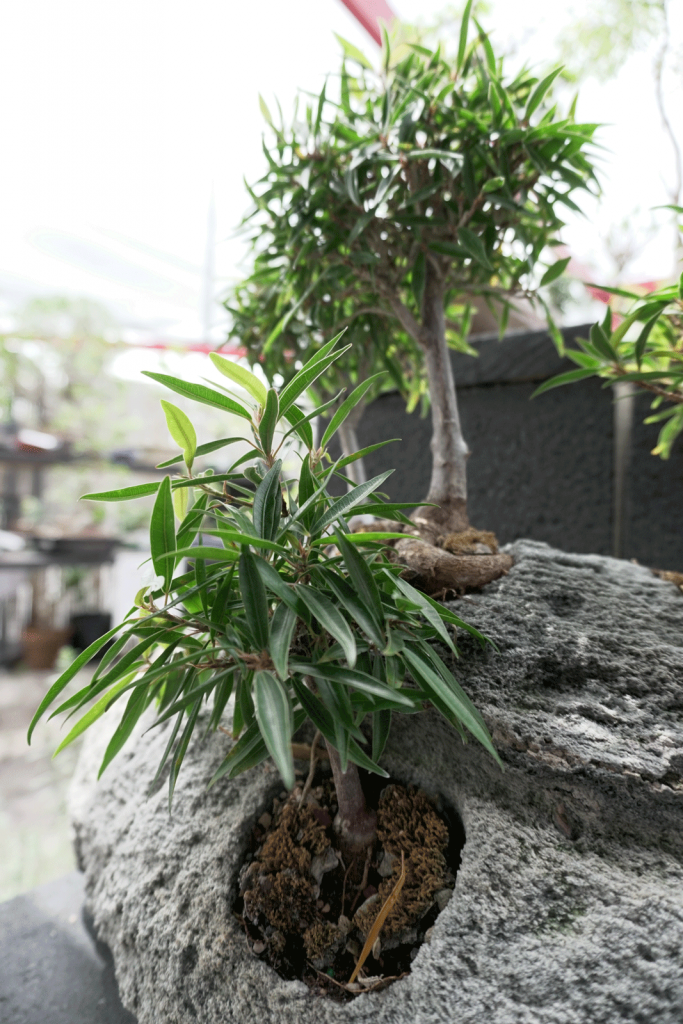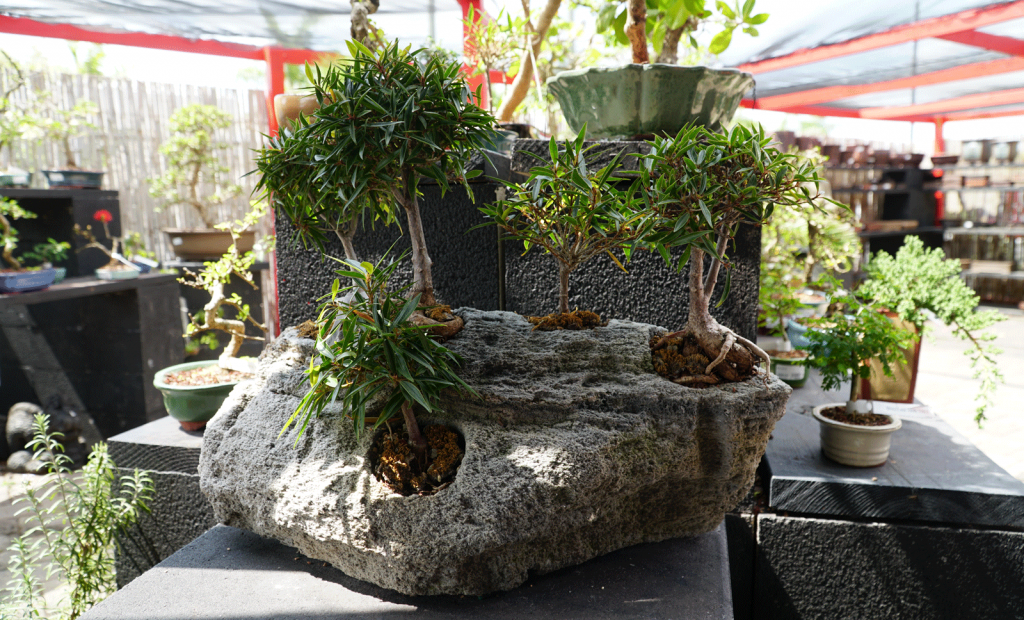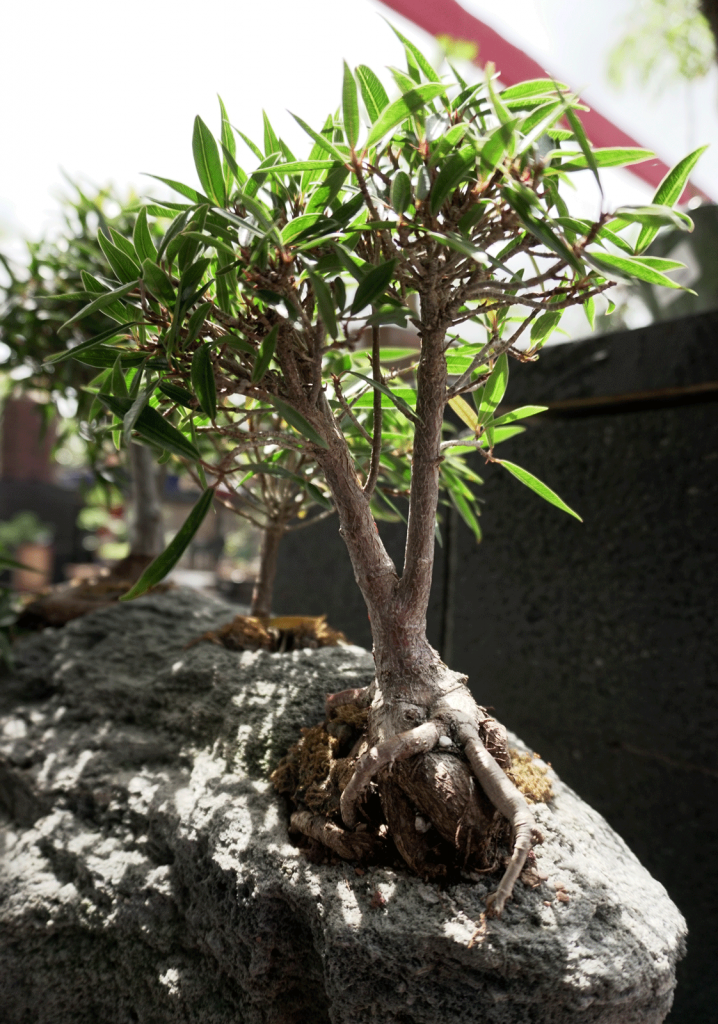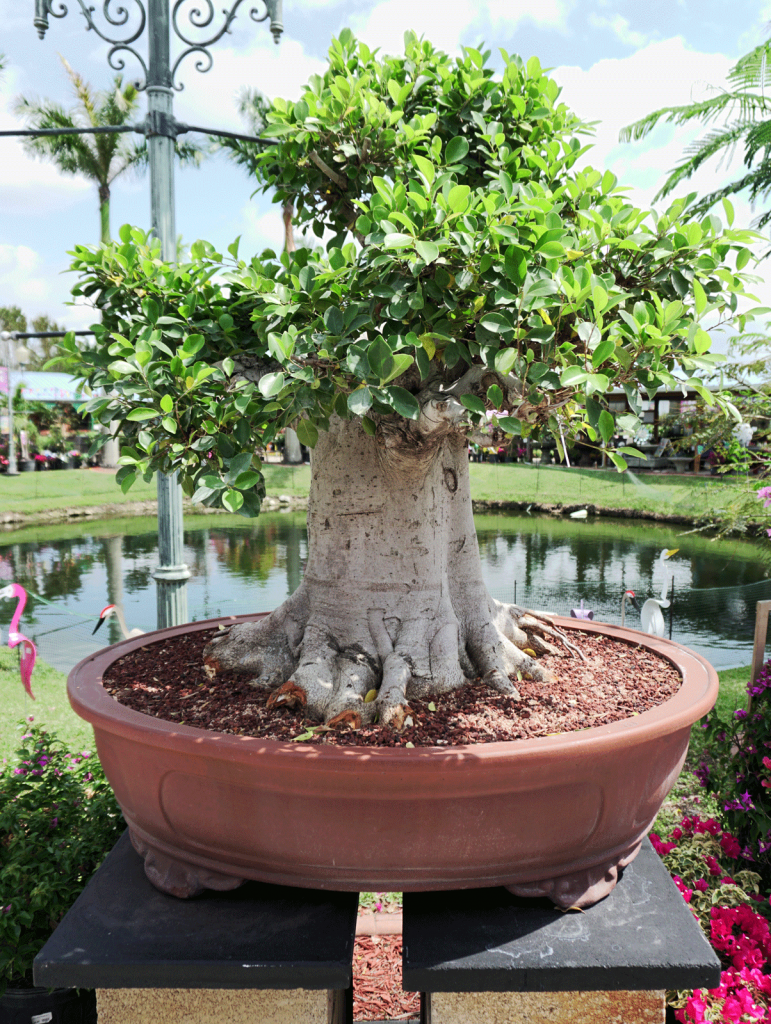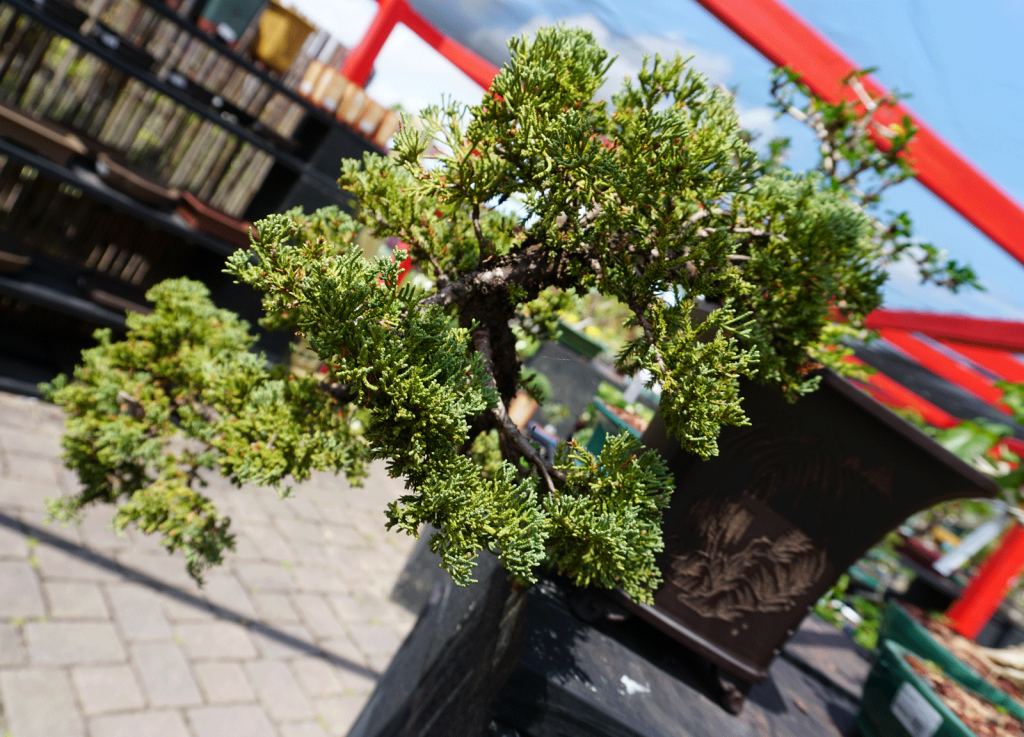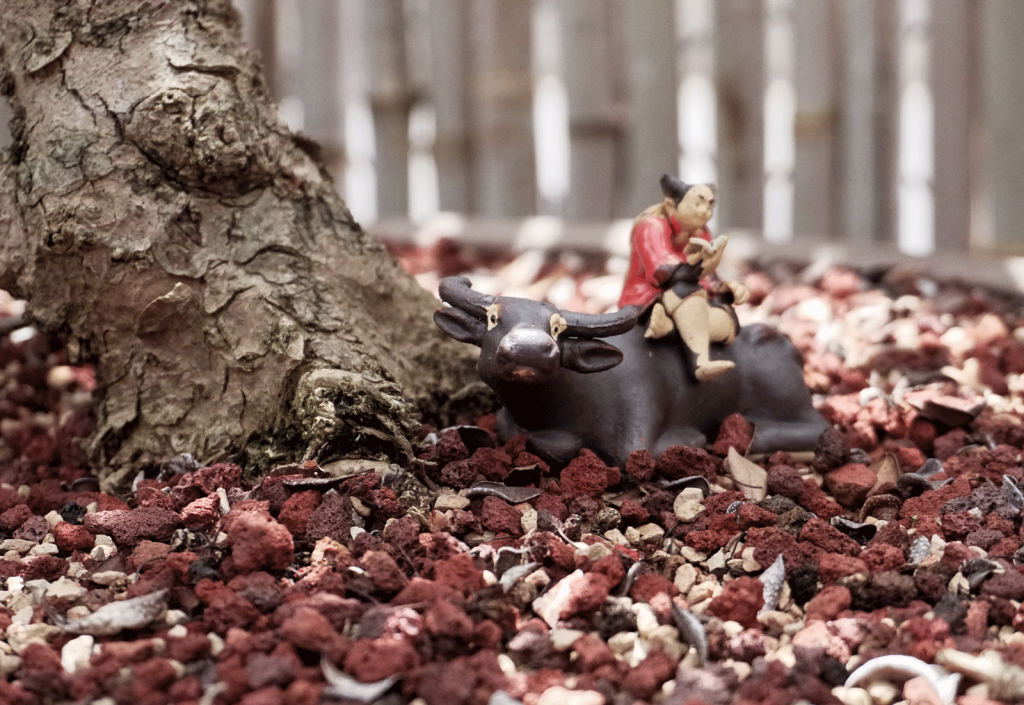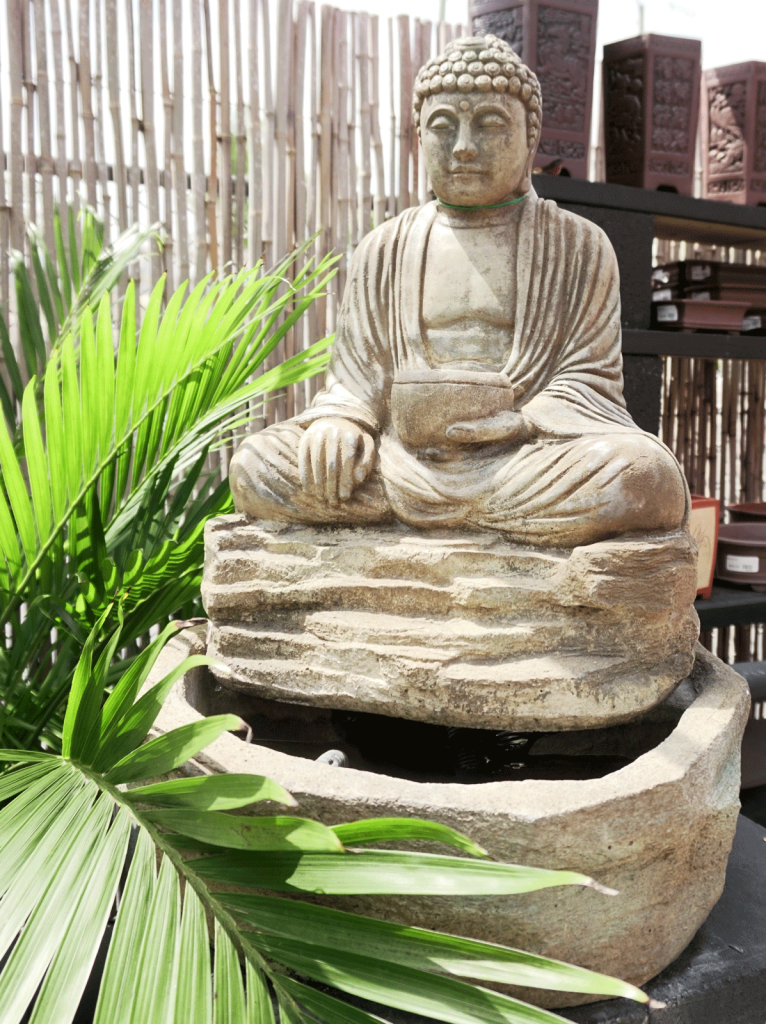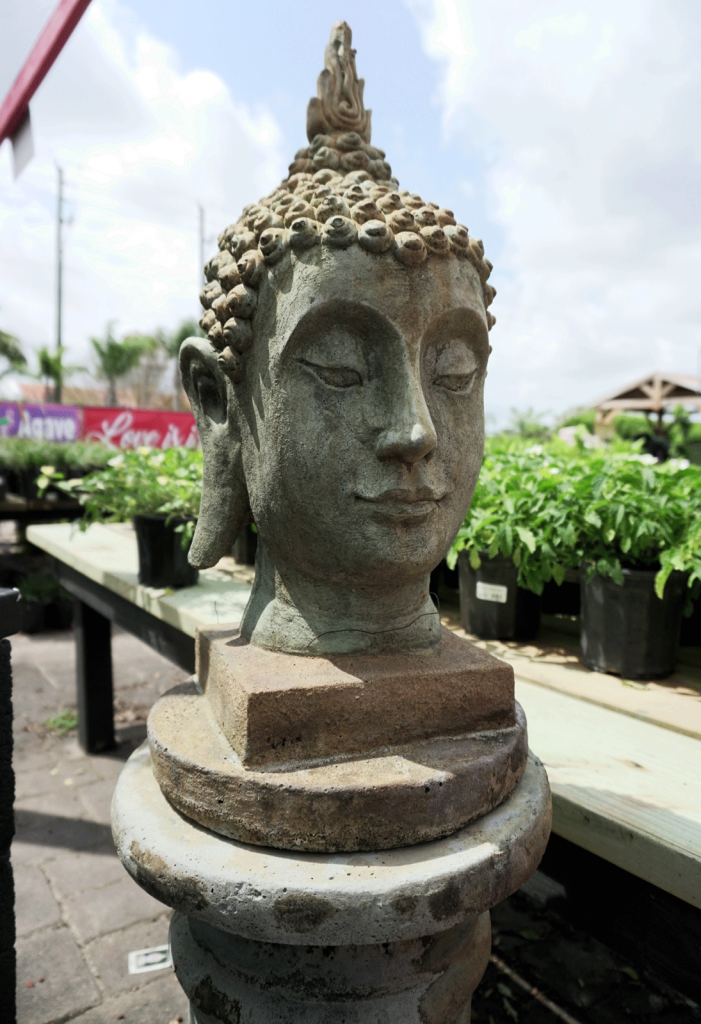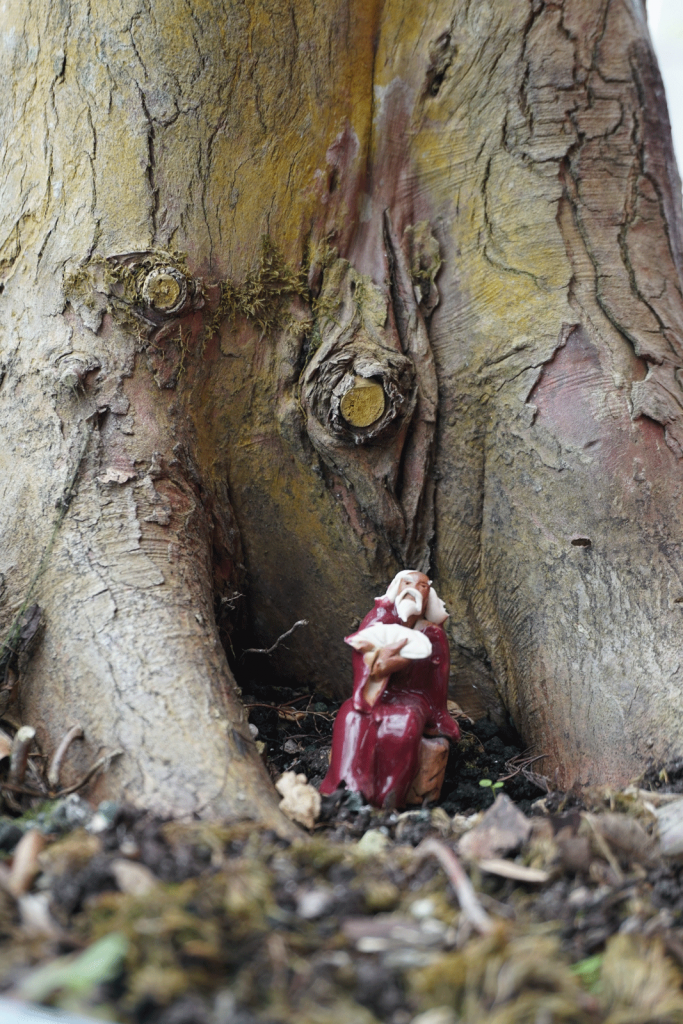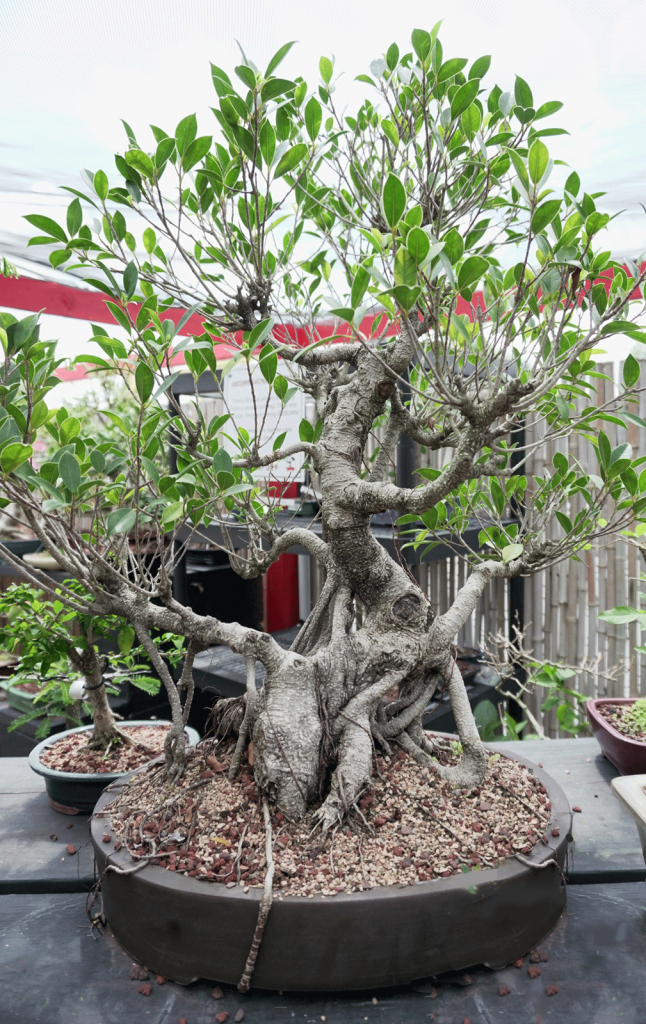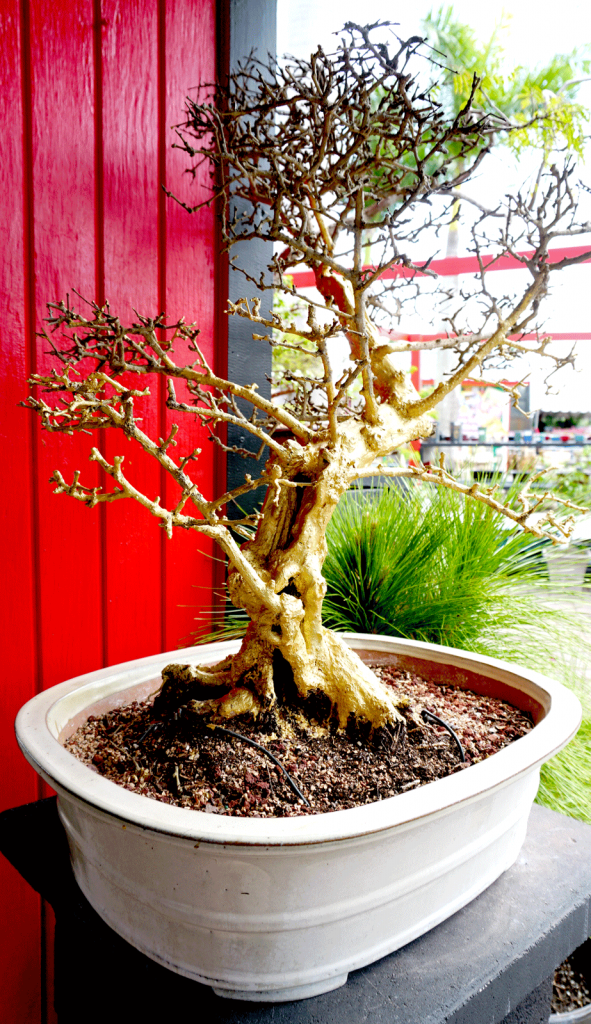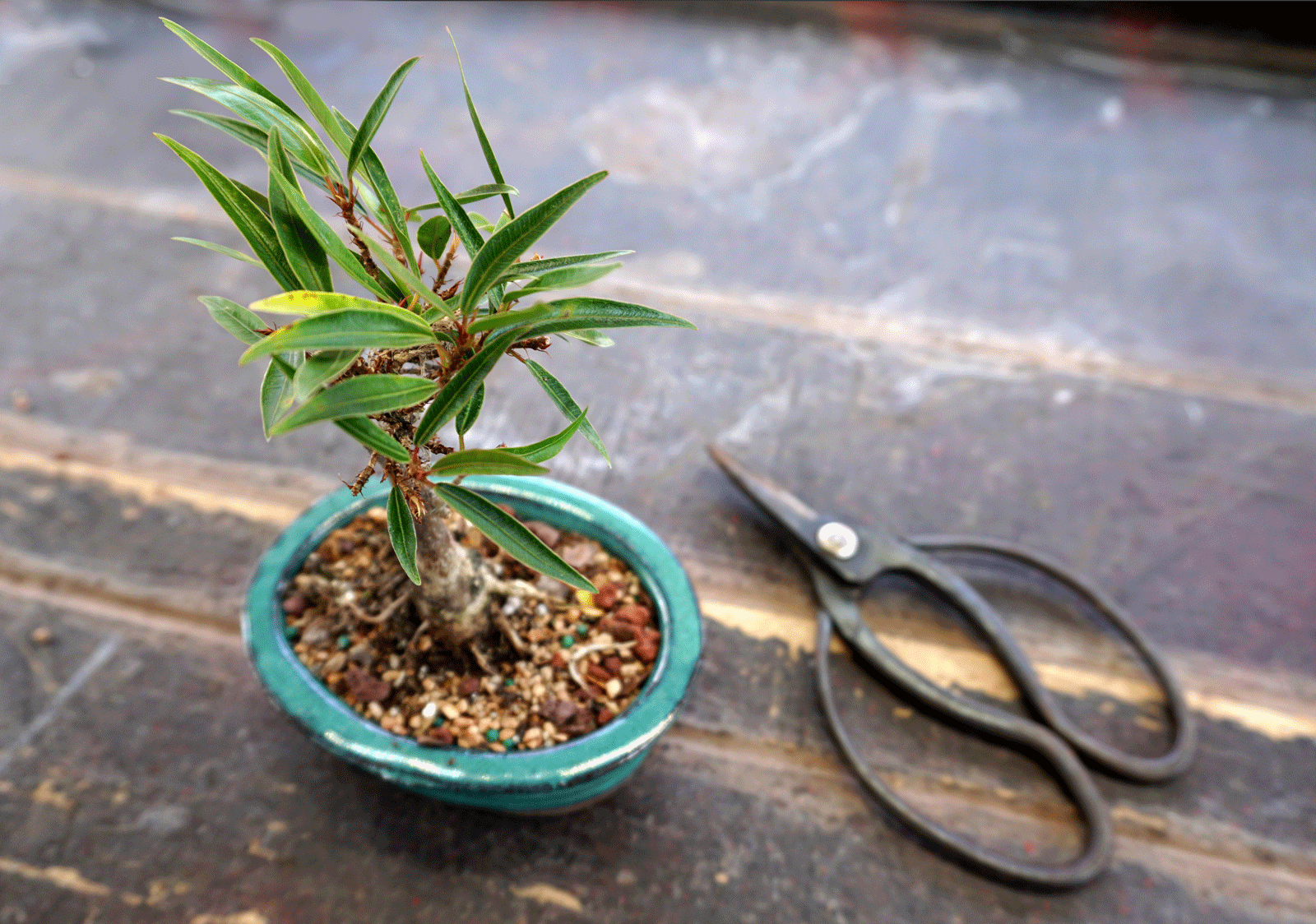BONSAI
At Flamingo Nursery
MEET TYLER, THE BONSAI GUY
Bonsai for me began nearly 30 years ago as a birthday gift from a friend. It was a juniper nana, a “kit bonsai” tree. I followed the directions, or so I thought. Weeks later, with green needles, I discovered the tree was dead! I figured bonsai was very difficult and didn’t try again for quite a while. Many years later, again, I received a birthday gift, this time a bougainvillea. It lived and I caught the bonsai bug. So, what began as a gift turned into a hobby, a fascination and a love. I strive daily to becomes a better bonsai artist…you’re always learning. Bonsai for me is relaxing. I find myself completely engulfed, totally focused on what I’m doing, not aware of my surroundings. It brings me such joy and happiness, a connection with Mother Nature, God and our Earth. Bonsai will bring this to you, too! Don’t be afraid. All you need is a little guidance and a desire to learn. – Tyler
FEATURED TREES
THE WHITE WATER JASMINE
Water Jasmine is the common name for Wrightia religiosa, the variety used for bonsai. The name alone will tell you a lot about the plant. First of all, it likes plenty of water. Secondly, the flowers are as sweet smelling as jasmine. (Although it is not related.)
The plant is native in tropical Africa, Asia and Australia, where it is a fast growing, hedge plant. It is also a popular bonsai throughout the world. The trunk looks like a tree, usually has good nebari, it’s easy to maintain and is fast growing. The beautiful flowers are one of the most popular reasons for growing Wrightia religiosa as tropical bonsai.
THE BRAZILIAN RAIN TREE
The Brazilian rain tree is a hardwood legume that goes by the Latin name Pithecellobium tortum. Like most of its relatives this tree has compound leaves, hard wood and is very spiny. Easy indoor care makes this interesting rainforest tree a great bonsai for beginners.
The Brazilian Rain Tree has delicate branches featuring tiny light-green compound leaves and spines. The leaves fold up at night or in subdued light and unfolds in the morning light. It has attractive flowers that appear as fragrant white puffy blossoms.
This Bonsai will tolerate temperatures in the upper 30 degree range, but not for a long time and should be brought indoors for the winter. This tree is very adaptable to indoor conditions which are a bonus for bonsai owners living in cooler climates.
Although it grows in full sun in its natural habitat, Brazilian Rain Trees as bonsai seem to appreciate some shade during hottest days of summer.

